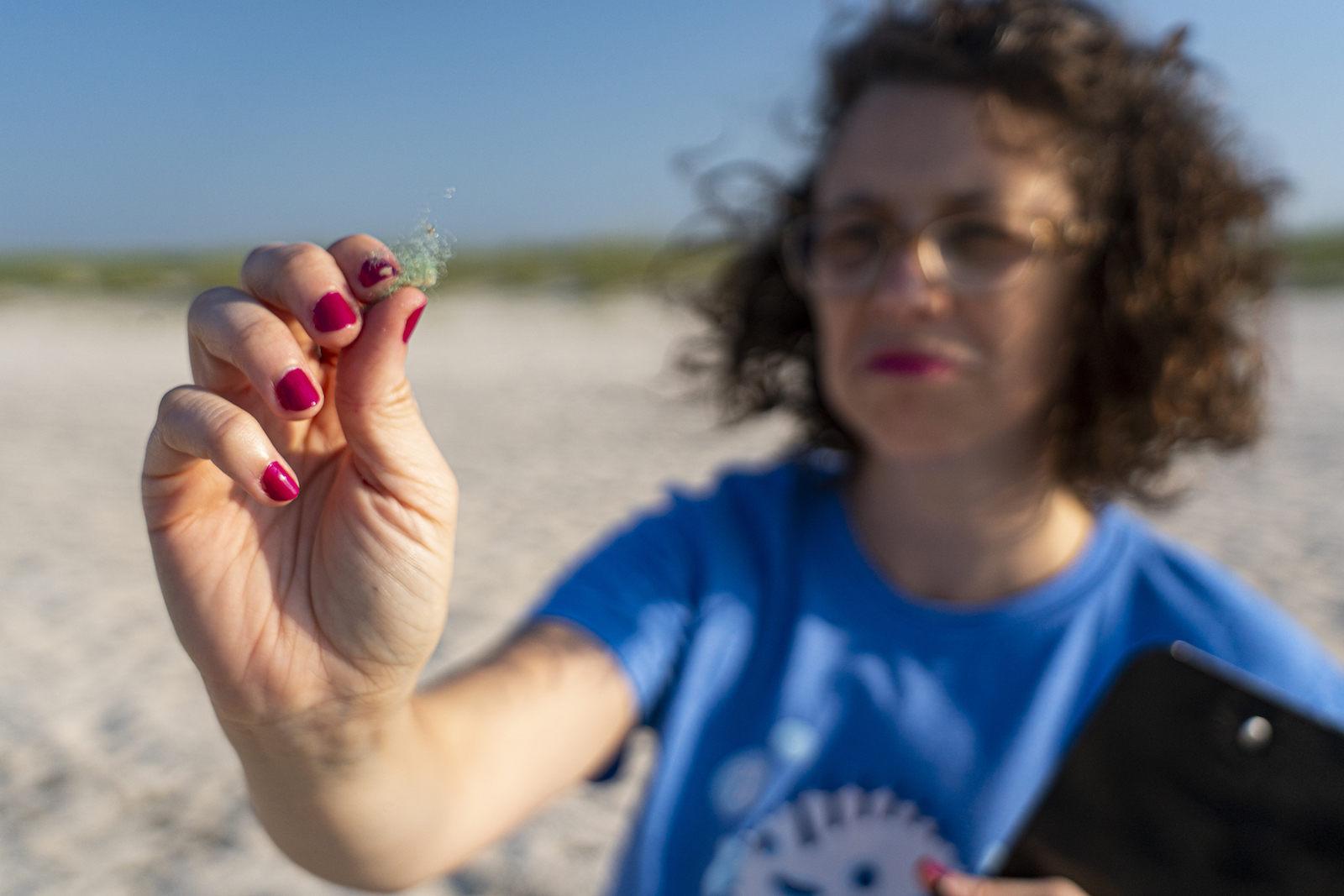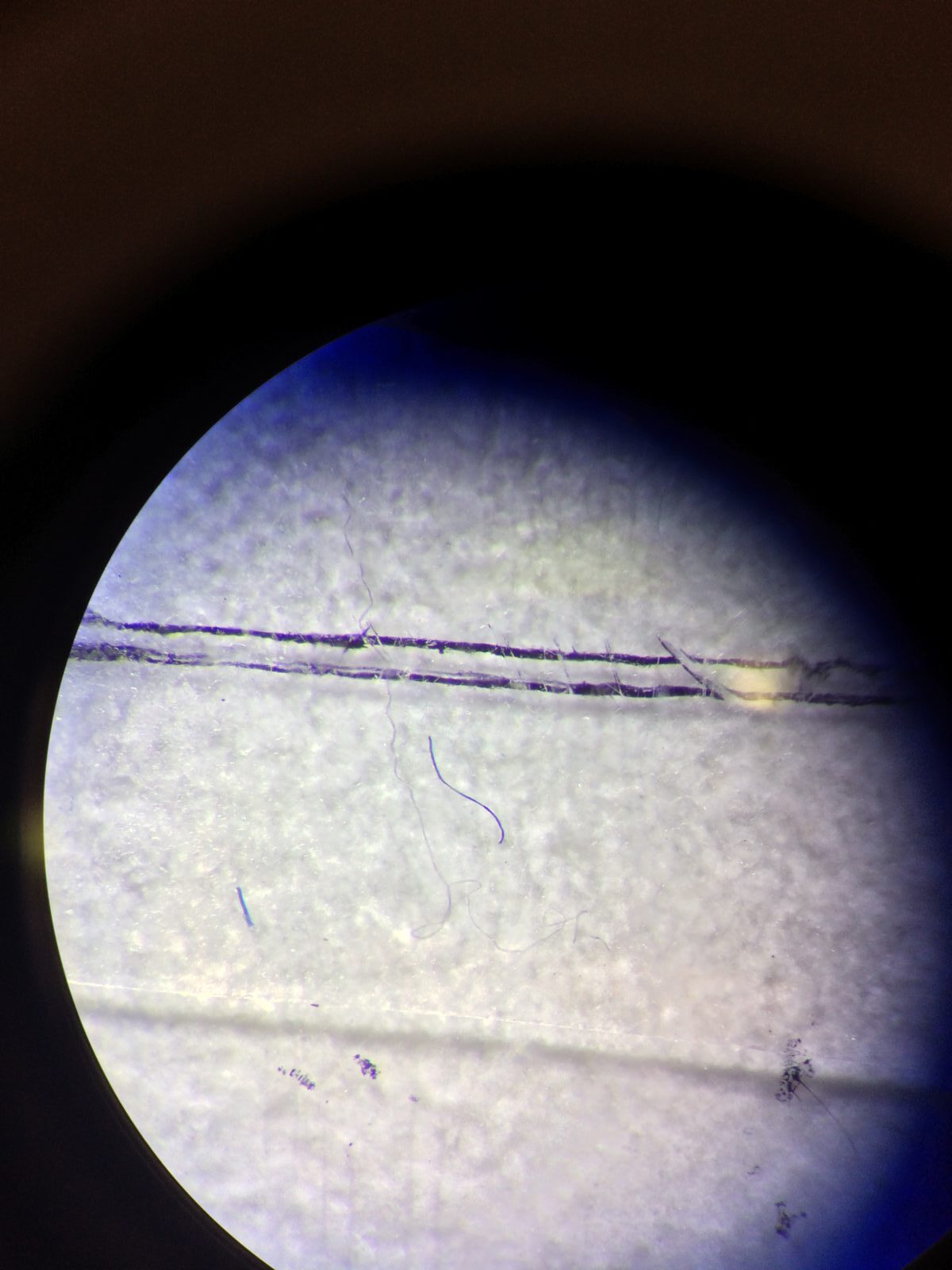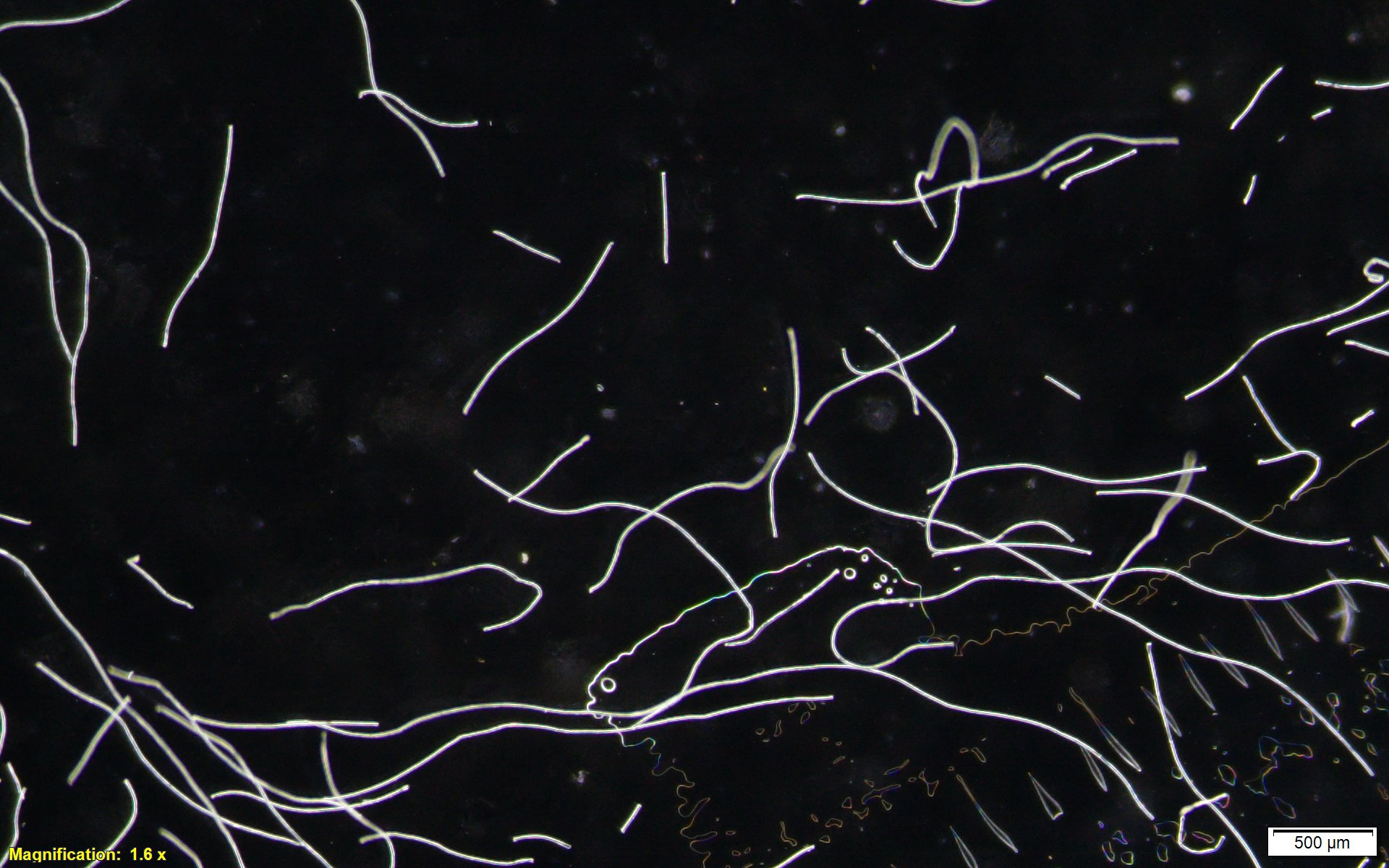Are We Underestimating the Impacts of Microfibers?
Probably, according to a recent assessment of the science on microplastics

Despite their size, microplastics are a big deal. We know that these tiny pieces of plastic (less than 5mm in size) are pretty much everywhere—from Arctic ice to the bottom of the ocean and even inside some of the sea’s smallest organisms. What’s less clear is what this all means. What kinds of impacts do microplastics have on ocean life? Do different types of plastics have different impacts? Are some plastics more harmful than others? In what quantities?
Dr. Chelsea Rochman (Assistant Professor at the University of Toronto and science advisor at Ocean Conservancy) and her PhD student Kennedy Bucci recently undertook a thorough review of the body of science on plastic pollution to help answer those very questions. The results were published in the Journal of Applied Ecology last month.

We encourage you to check out Chelsea and Kennedy’s recent take here. One finding that stood out to us was this: we might be underestimating the impacts of microfibers.
Of the nearly 200 different laboratory tests out there evaluating the impacts of plastics on animals, just more than 10% used microfibers, while a whopping 80% used plastic spheres. This matters for two reasons. First, we know that microfibers are the most common type of microplastic in nature, so if we want to understand the real-world impacts of microplastic pollution, microfibers might be the best place to start. Second, Chelsea and Kennedy’s study found that negative impacts were detected in a majority (62%) of the tests conducted using microfibers, but in less than half of tests that used plastic spheres, and just 21% of the tests using plastic fragments. It raises the possibility that studies would detect more impacts of plastic pollution if they used microfibers instead.

We won’t know for sure without more science, and the good news is that more science is underway. Publications are coming out every day providing more information about the contamination and effects of microplastics. Moreover, another PhD student in Chelsea’s Lab, Lisa Erdle, is running experiments with microfibers as we speak.
So, what now? While we wait for more science to further inform effects, we still have enough evidence to act. When it comes to microfibers specifically, some effective solutions exist to help stem the tide of microfiber pollution. For example, a 2019 paper that Chelsea, I and other colleagues published in the Marine Pollution Bulletin found that putting filters on washing machines could reduce the flow of microfibers from synthetic fabrics by 87%. And of course, we can all simply wash our clothes a little less (which has the added sustainability benefit of making them last longer, too). A fish might thank you for it!